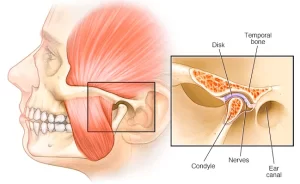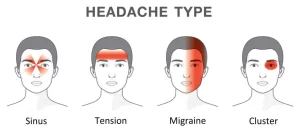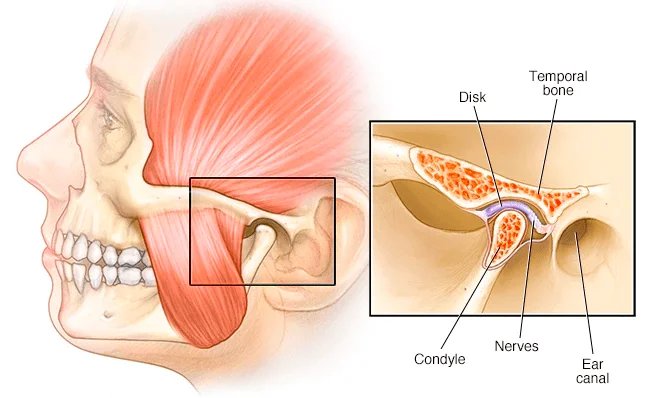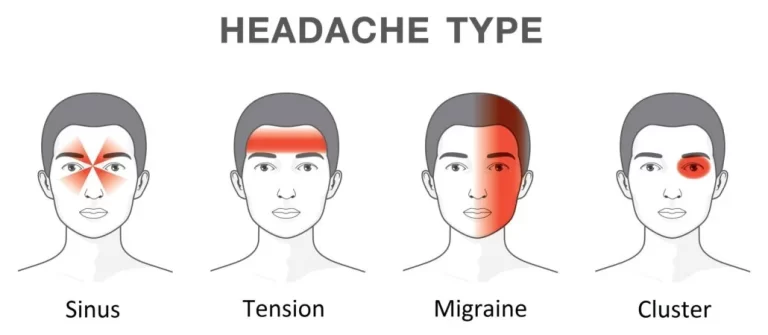Visceral Referred Pain
Physical pain that feels diffused with a poorly defined area of sensation could be referred pain from our viscera. This occurs when an organ is dysfunctional and consequently the nerves that supply it become irritated. When the irritated nerves arrive in the spine, they might converge with other healthy nerves which attach to the same spinal levels. All these nerves then go up in the brain, and when the brain tries to understand where the pain is coming from, it gets confused by the overlapping of irritated and healthy nerves. As a result, the brain makes us perceive pain in the area supplied by healthy nerves.
In reference to the image:
– Liver and gall bladder can refer pain into the right shoulder and right middle back. The gall bladder can also refer to pain into the right superior abdominal quadrant.
– Stomach and oesophagus can refer pain in the middle of the chest just at bottom of the sternum and on the back in between the shoulder blades.
– Prostate can refer pain into the lower back.
– Lungs and diaphragm can refer pain into both shoulders and neck.
– Heart can refer pain into the left chest and arm. When the pain perceived is high, it is usually a sign of heart attack therefore the person should go to the hospital immediately.
– Bladder can refer to the inguinal and buttock area. Sometimes it might resemble hip pain.
– Kidneys can refer to the lower back and abdomen and upper legs area.
How is Visceral Referred Pain diagnosed?
The pain is described as a vague, constant, poorly defined sensation of discomfort in a broad area. No triggering factor or injury caused the pain. No relieving factors and no particular movements that trigger the pain. Patient does not feel well and noticed changes in their body such as pallor, profuse sweating, nausea, gastrointestinal disturbances, and changes in body temperature, blood pressure, and heart rate. On assessment, the pain is not aggravated or reproduced by any movement performed. Specific tests are conducted on the suspected involved organ to check if the pain is reproduced.
Exploring the Source of Unexplained Pain?
Visceral referred pain can be complex, often mimicking musculoskeletal issues without an obvious cause. A detailed osteopathic assessment may help uncover connections between internal organ function and referred symptoms. Learn more about consulting an osteopath in Singapore.







